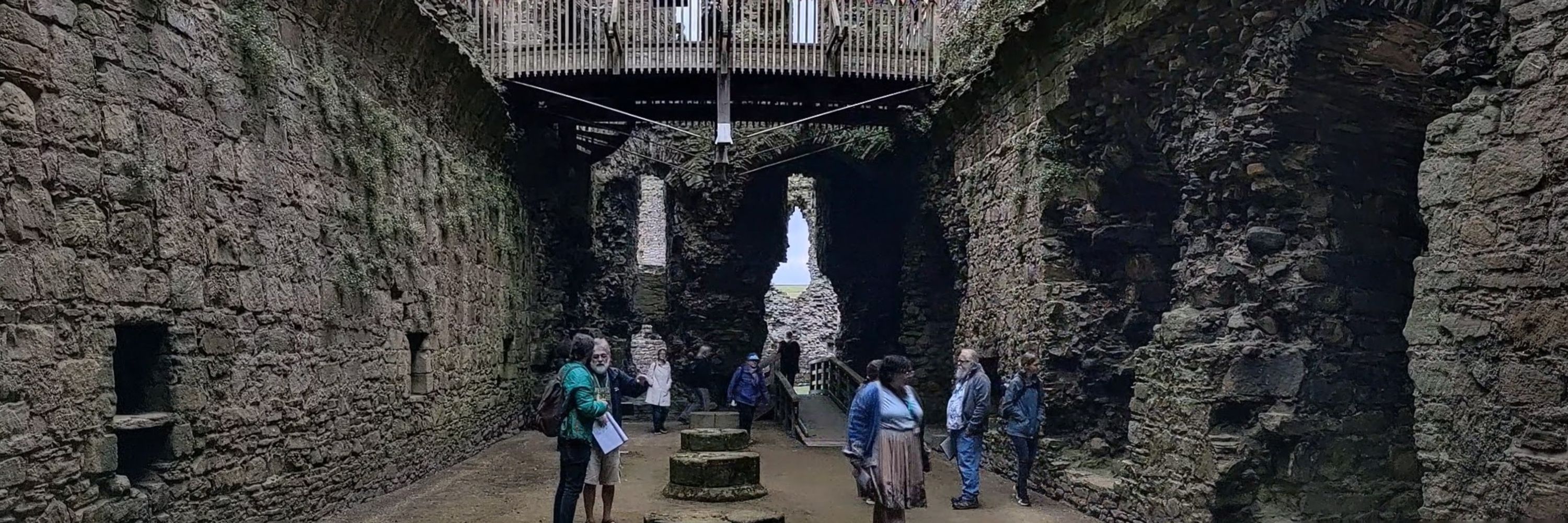


Not always though, with revenants (undead) you could usually decapitate them (5)

Not always though, with revenants (undead) you could usually decapitate them (5)







And he's instead doing... whatever this is?
And he's instead doing... whatever this is?
Or Jet Lag induced psychosis
Or Jet Lag induced psychosis
You evidence only ignorance here, but pretend to be authoritative. Why take you seriously on anything if this is how you work?
You evidence only ignorance here, but pretend to be authoritative. Why take you seriously on anything if this is how you work?

